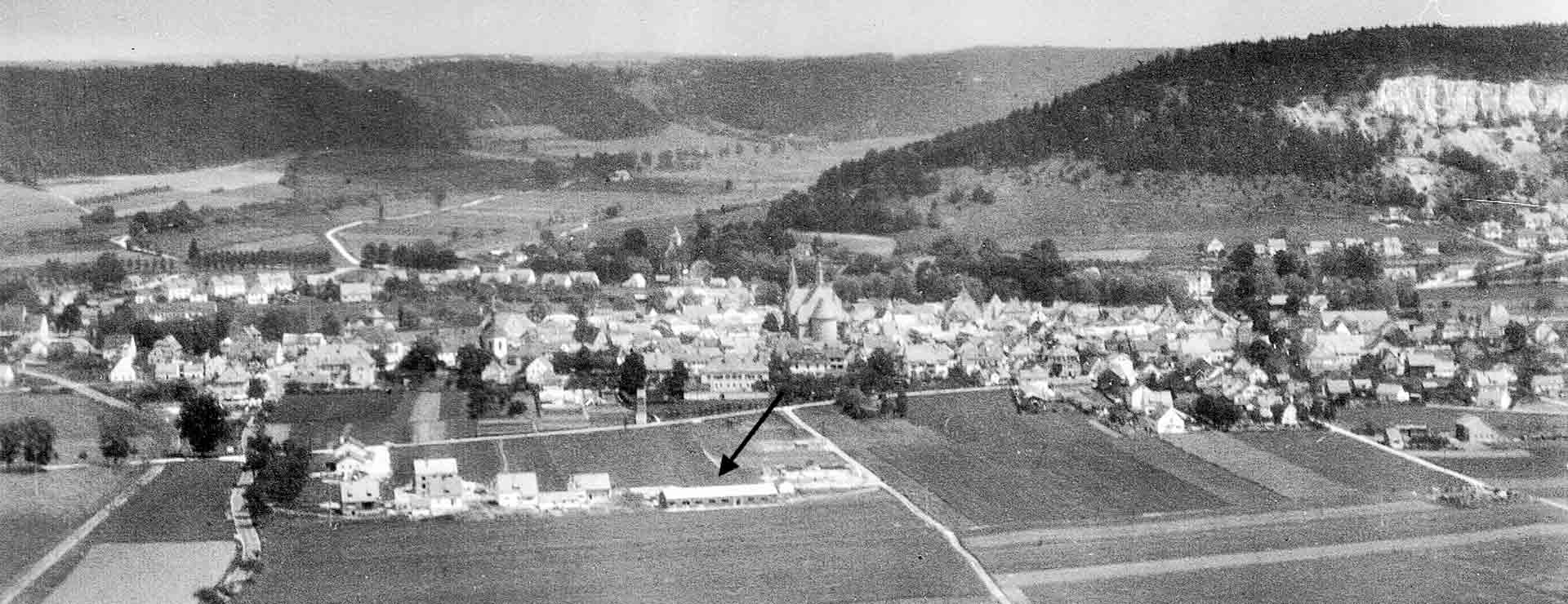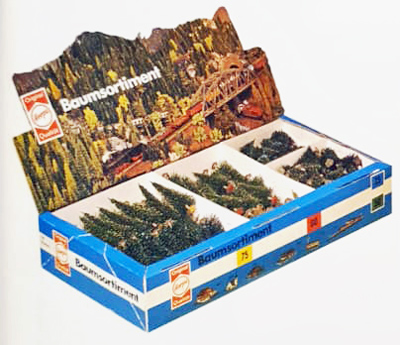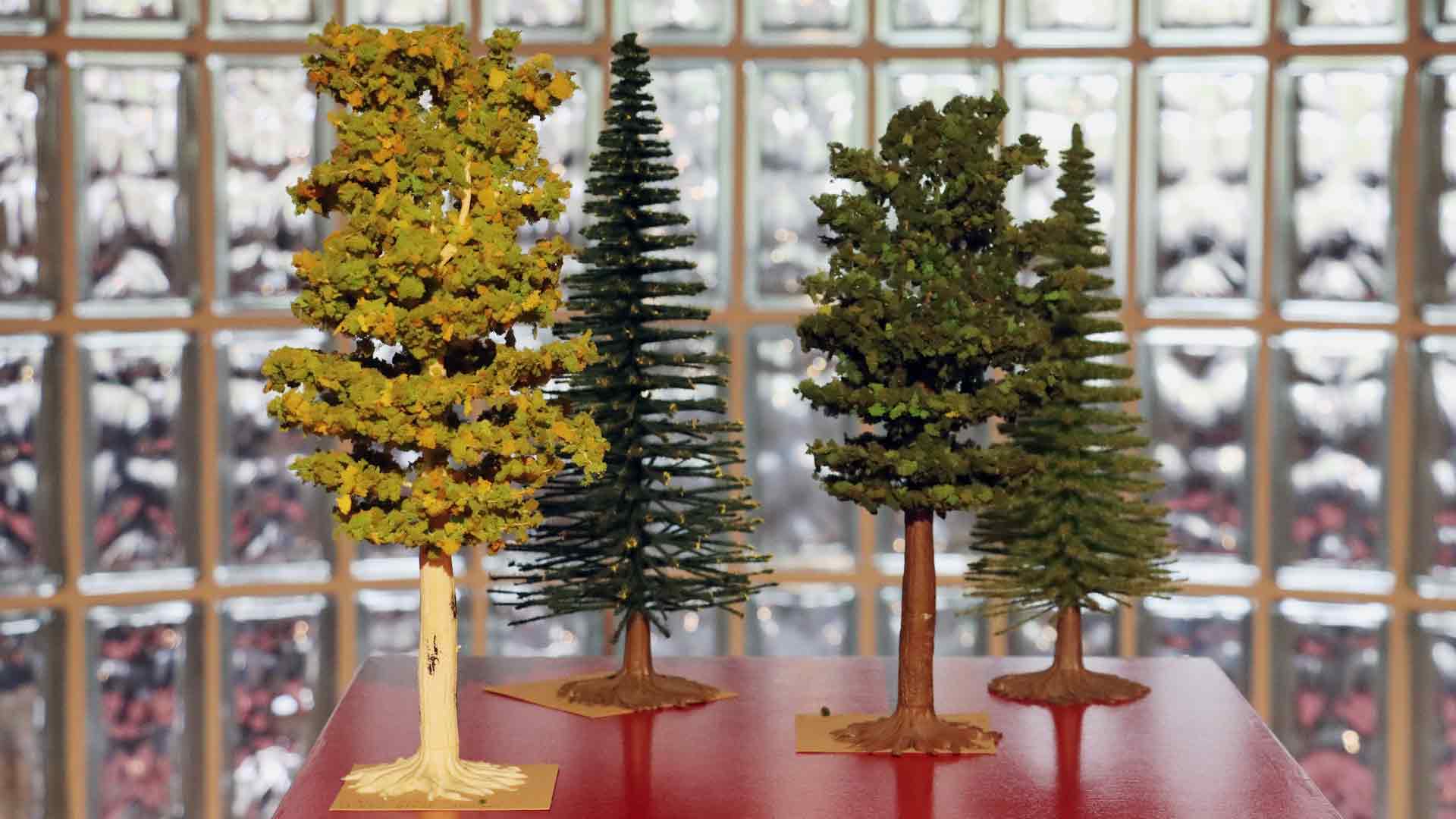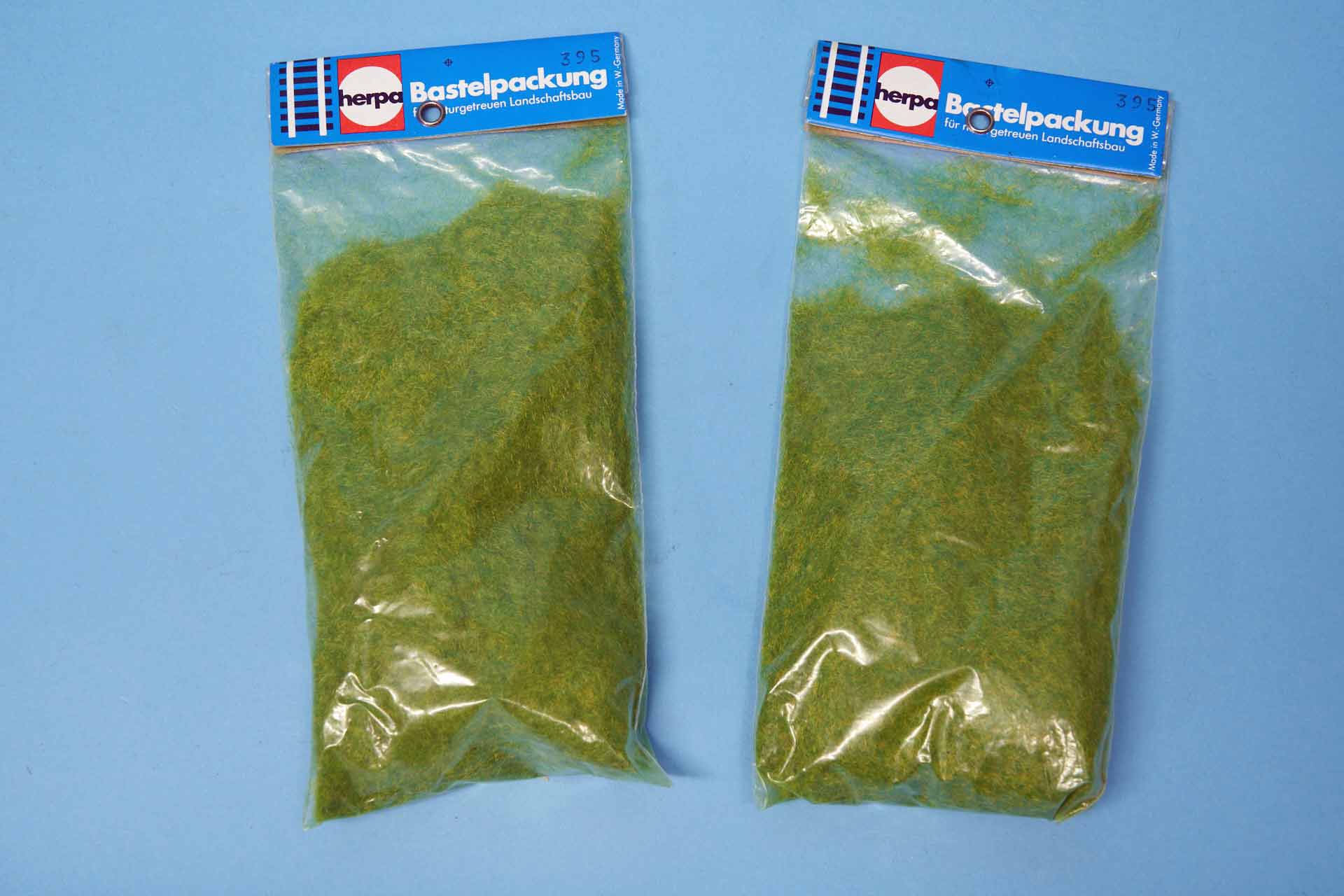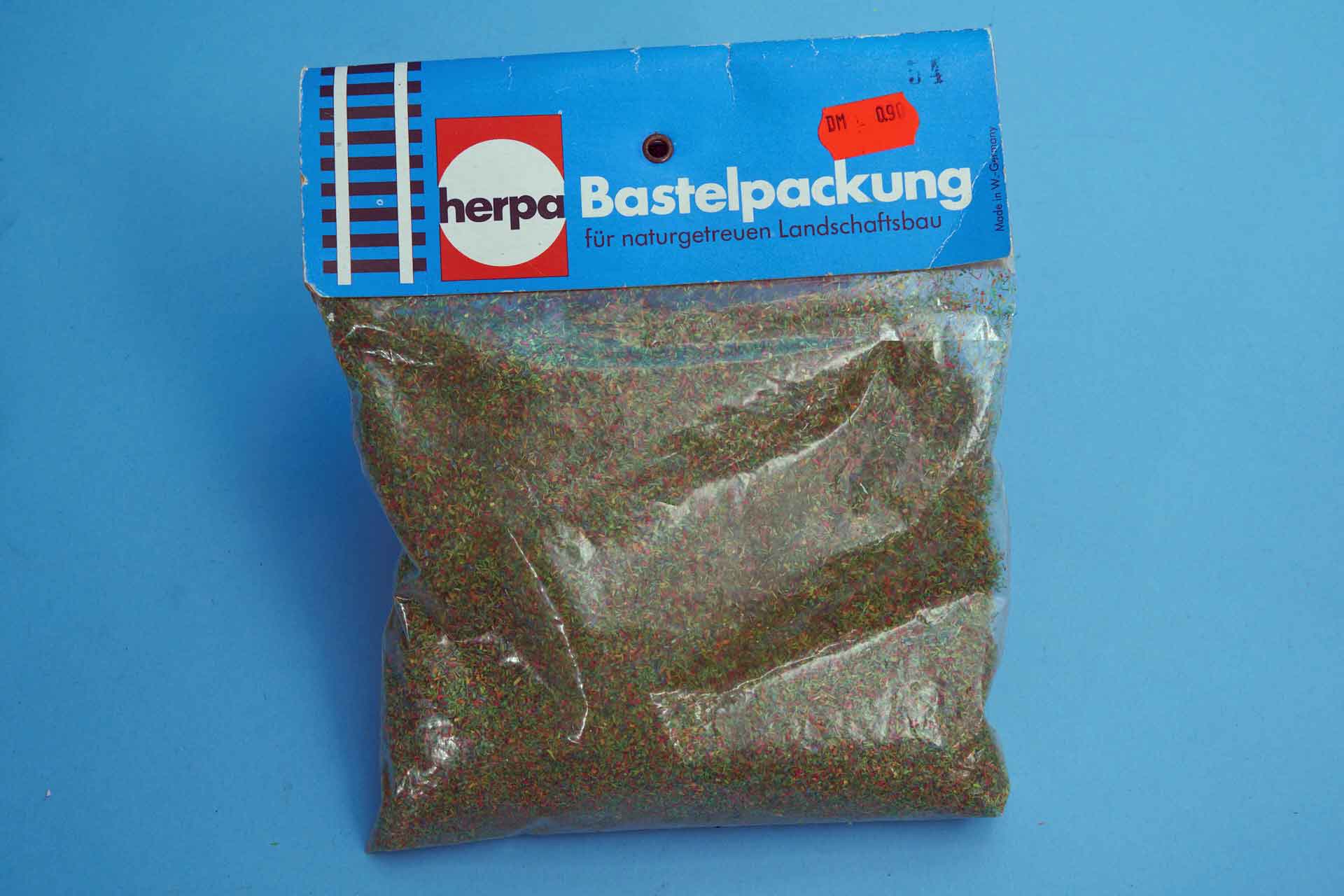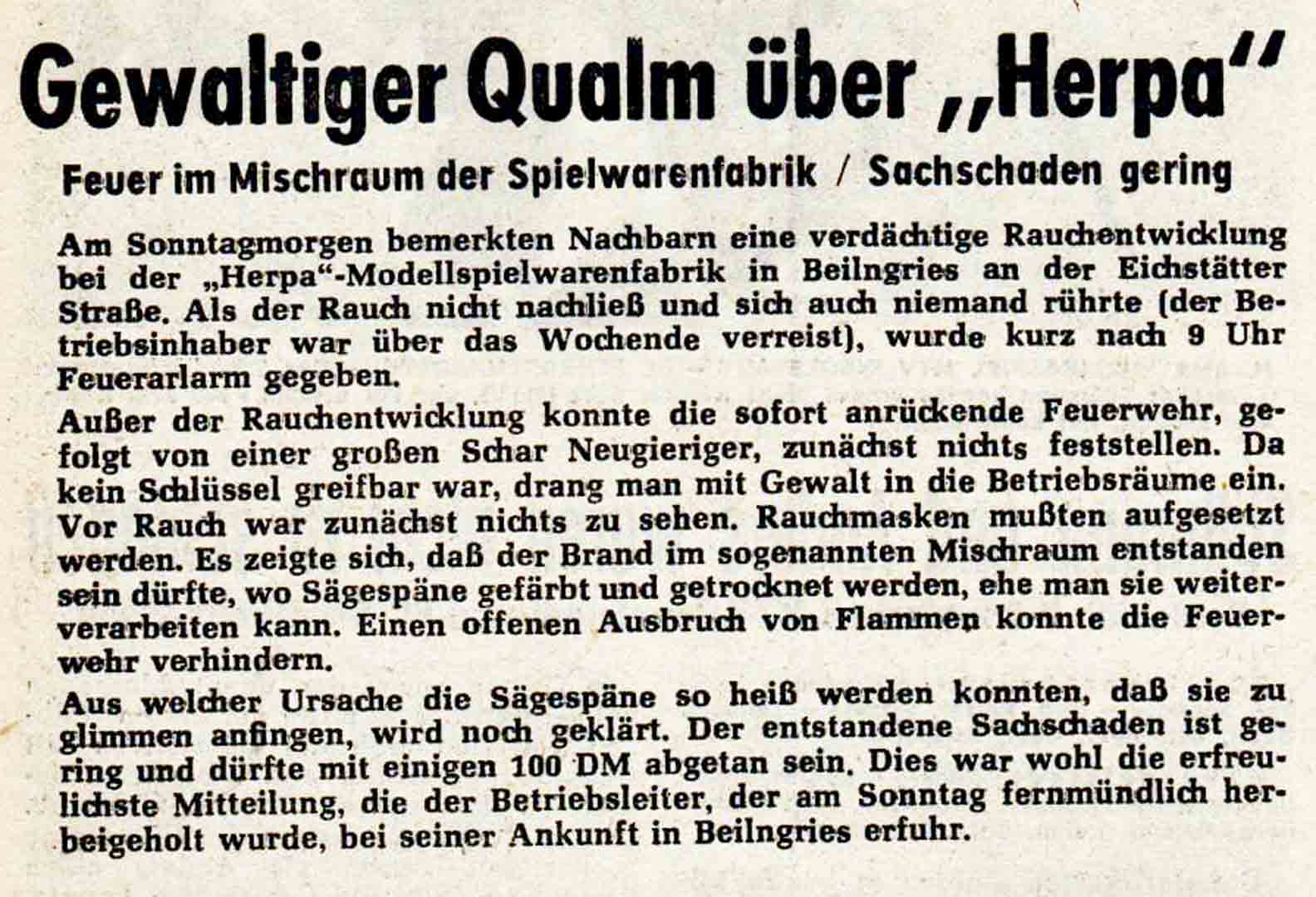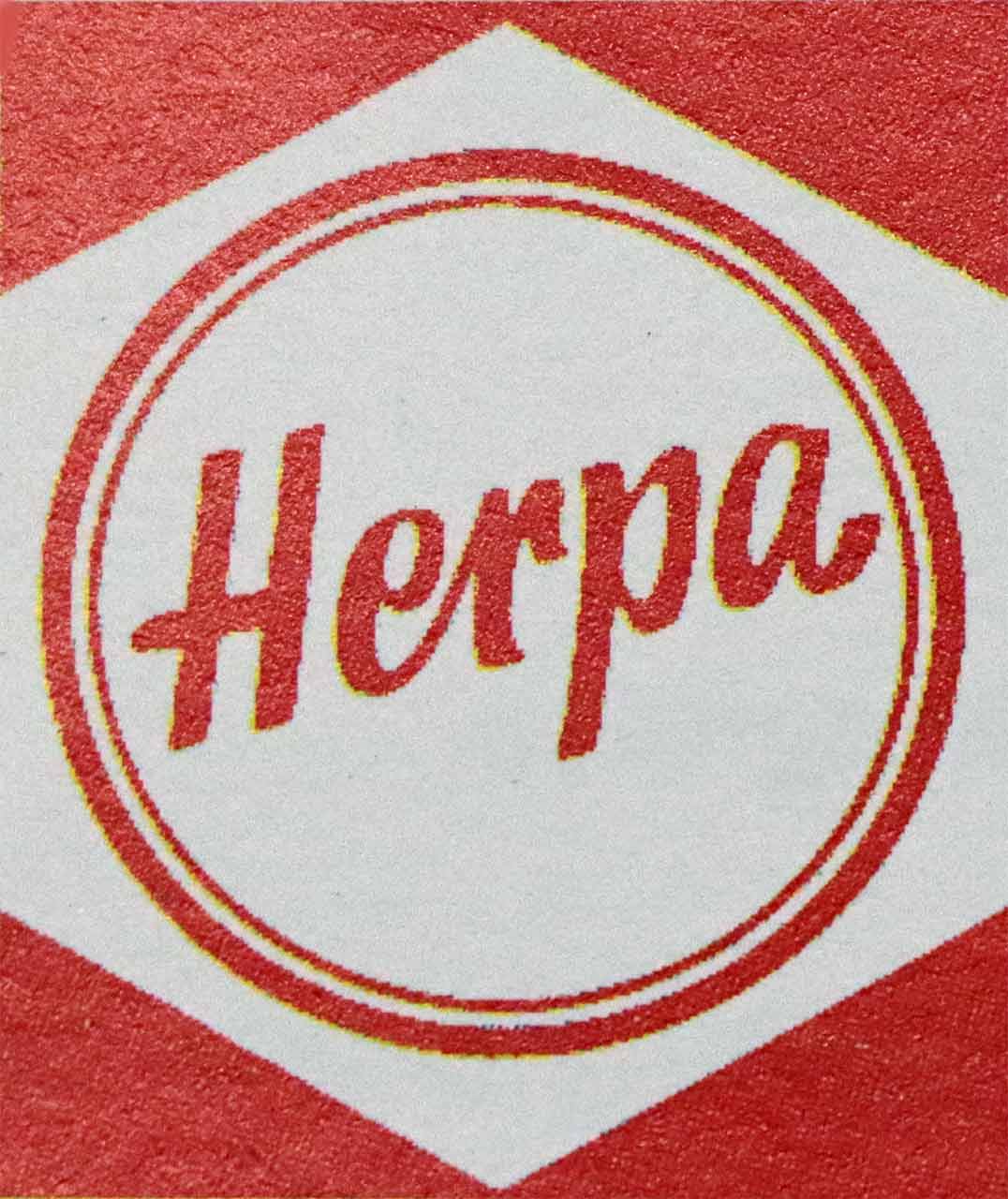Happy Birthday Herpa
Coming up, a big anniversary: Herpa will be 75 years old in 2024. It all started very modestly after the Second World War, and with model making accessories - no cars, trucks or even airplane models yet. The anniversary year will be celebrated with many special models, a great summer party, and a trip down memory lane. In the first part of our story, we detail the modest beginnings.
Herpa's history begins shortly after the end of the Second World War. And it begins – like so many well-known companies - with products that it has not manufactured for a long time. Wilhelm Hergenröther is an inventor boasting over 100 patents in a wide variety of fields. He expects his new company to market these patents, even though not all of Hergenröther's ideas are commercially viable. The company is founded in Nuremberg in 1949, and on July 8, 1957, production is relocated to the Altmühltal valley. Beilengries is deemed a suitable location, as it was not bombed during the war, while the shipping department remains in Nuremberg. Herpa takes over a building from the Max Ginter company, which had previously operated a scrap metal business in Beilngries. At that time, the production facility at Dr. Thenn-Straße 5 was located out on the western edge of town and was clearly visible. Today it stands in a mixed-use area and is privately owned.
An industry that promises growth
Incidentally, the name Herpa is an abbreviation of Hergenröther Patente. Model-making accessories are what they produce, a business that is still very small at the end of the 1940s, but promises strong growth, as the number of "hobbyists" is increasing sharply from year to year. Production at the time is accordingly characterized by craftsmanship, with around 20 predominantly women who possess the necessary dexterity for the tricky assembly and painting of the miniature trees. The number of employees rises to 39 by the end of 1966, who are mainly seasonal workers it seems. During this time, Herpa mainly produces scatter material, grass mats, bushes, hedges and trees to recreate landscapes in miniature. Fir trees are twisted by machine from small wire brushes, the subsequent conical cut to form a "tree" is still purely manual work and requires quite a lot of skill. They are then flocked. At peak times, up to 30,000 trees are produced every week.
Everything for landscaping
The production of the grass mats - which are becoming a bestseller - is already "more high-tech", as countless Perlon fibres are shot onto hard paper using a 30,000 Volt electrostatic process. This ensures that the model turf stands up nicely and does not lie flat on the ground. A process that is still largely unchanged today.
It all began with scatter material for creating model landscapes.
Around 60 tons of sawdust per year are used to produce scatter material in eight different shades. These are all colors that can also be found in "real nature". The sawdust is dried in a machine for 20 minutes, freed from dust, and dyed. The aim is to recreate the different types of ground, including wildflower meadows and even apples lying on the ground of an orchard. In September 1959 there was a smoldering fire in the mixing room. Why the sawdust became so hot that it began to smolder remains unknown. Fortunately, the damage remains low at a few 100 DM.
The September 14, 1959 edition of the Donaukurier newspaper. Image: Beilngries town archive
A market – not just in Germany
Later, gravel and sand replicas are added, as well as model rocks. A newspaper report from the 1960s states that the Herpa production facilities smell like a chemical laboratory or a hospital. Soon the customer base is not limited to Germany; in fact, Herpa products attract buyers as far afield as Switzerland, Sweden, Italy, France, and Central America.

